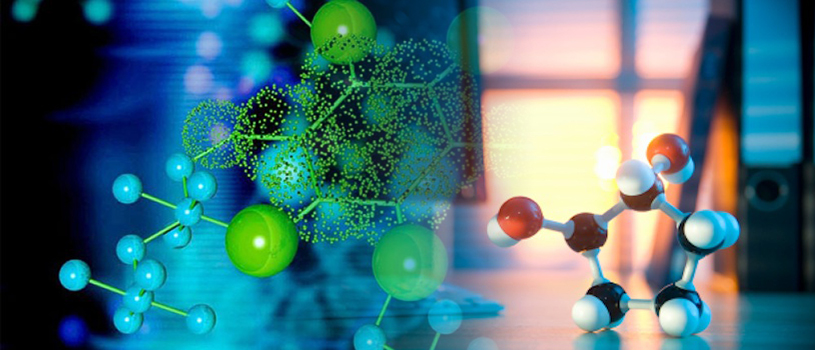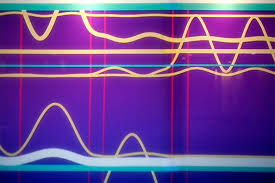
A joint research team at Masdar Institute and MIT has developed a new two-layer solar cell with a theoretical efficiency of 40 percent, smashing the current world record.

Sweden is on its way to being zero waste - and it transforms much of its trash into sustainable energy.

Another day, another dire warning about the global climate emergency. NASA's top climate scientist announced Tuesday that the Earth is warming at a pace not seen in at least the past 1,000 years.

While self-driving cars they may be able to fairly easily communicate their traffic intentions, there is one thing that they have yet to be able to do: communicate with people. This is the problem that a new self-driving car startup strives to solve.
An international team of astronomers led by Italian Claudio Maccone has published the first preliminary data on the signal, which comes from a star 95 light years away.

One year ago, six volunteers entered a 36-by-20 foot dome, located near a barren volcano in Hawaii, to simulate what living conditions would be like on Mars. Today they re-emerged from their year-long isolation.

The first-ever growth of two-dimensional gallium nitride using graphene encapsulation could lead to applications in deep ultraviolet lasers, next-generation electronics and sensors.

U.S. Dept. of Energy announces major new initiative toward clean, safe and virtually limitless power.

Berkeley Lab researchers are using the science of the very small to help solve big challenges. Here are five projects, now underway which promise big results from the smallest of building blocks.

A team of researchers has recently made a critical breakthrough in the pursuit of flexible electronics. The team successfully developed a high-performance magnetic memory embedded on flexible plastic material.

New law requires the US economic powerhouse to cut its emissions by 40% below 1990 levels by 2030

The astronauts who will one day be the first to walk on Mars are likely middle school students today. A virtual reality tour of Mars is done on a retrofitted school bus outside the Denver Museum of Nature, USA

Even after being stretched, twisted, and bent at extreme angles, the structures sprang back to their original forms within seconds of being heated to a certain temperature “sweet spot.”

The Block Island Offshore Wind Project has just finished construction, and is on track to meet its November opening schedule. The wind farm will provide electricity to 17,000 homes.

Dragonfly 44, as it has been named, is roughly the same size as our Milky Way but with far fewer stars. Rather, the galaxy appears to be composed largely of dark matter, which does not emit light or interact with electromagnetic radiation.